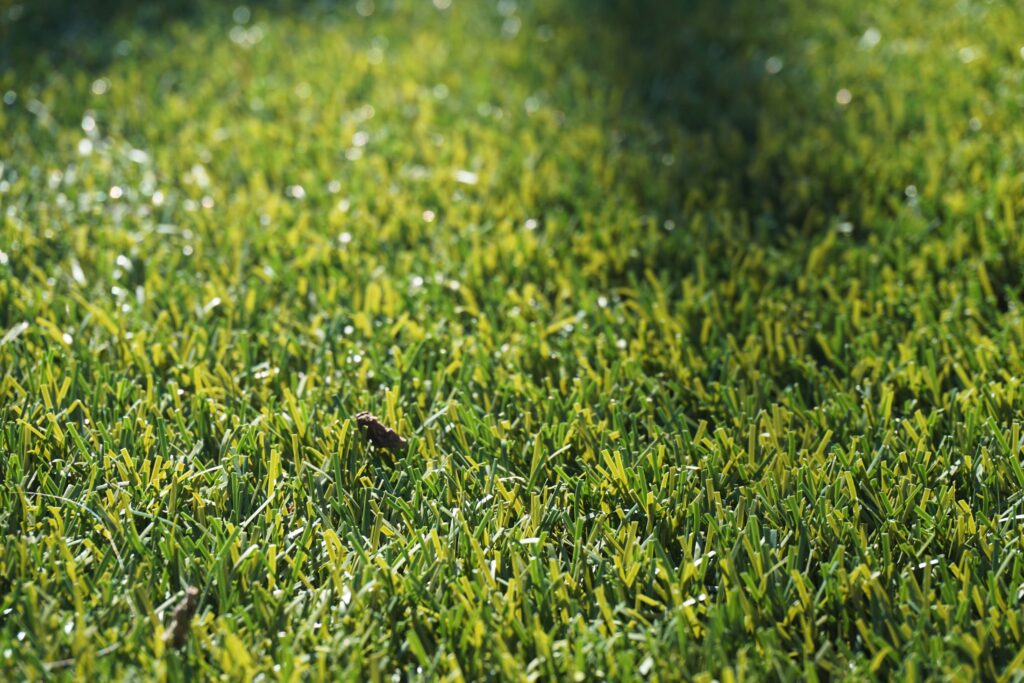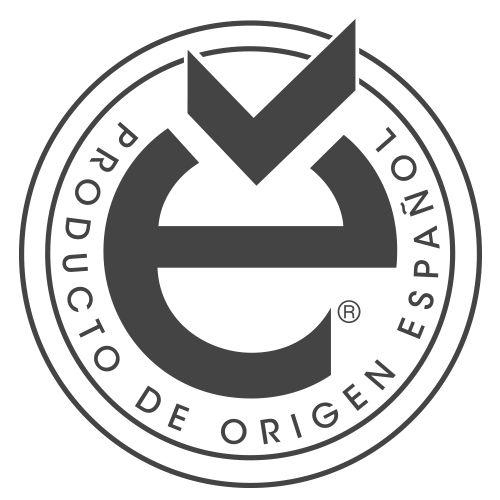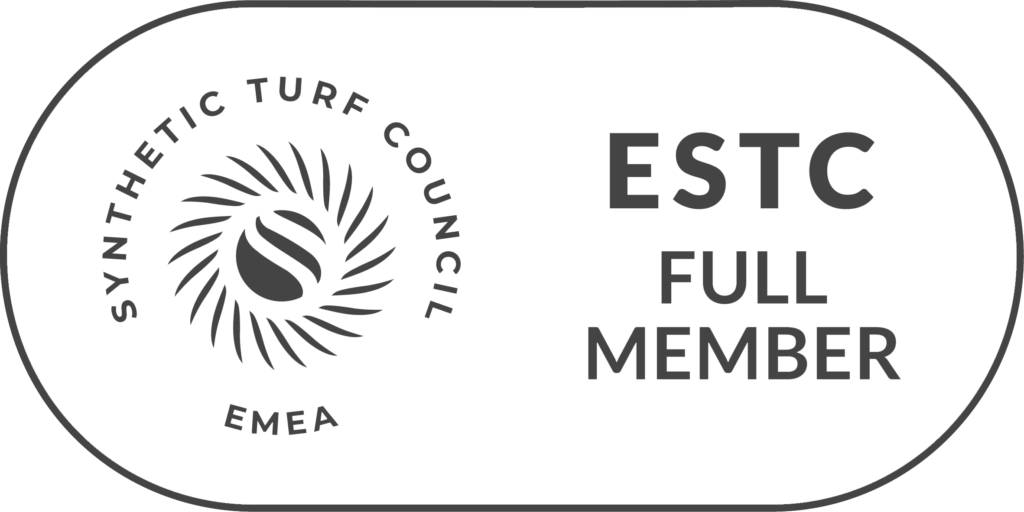Artificial Turf Aeration: What is it and why is it important?
Aeration of artificial turf is a fundamental process to maintain the quality, durability and functionality of your synthetic turf installation. Although artificial turf does not require the traditional care of natural grass, such as watering or fertilizing, aeration is crucial to prevent the fibers from compressing over time and to maintain proper air circulation in the installation area.
What is artificial turf aeration?
Aeration of artificial turf refers to the process of improving ventilation and air circulation between the fibers and the base of the installation. Although it is not as frequently required as with natural grass, occasional aeration helps prevent the accumulation of dirt and moisture that could deteriorate the material. This process is also essential to prevent the turf from deforming or losing its elasticity.
Why is aeration important in artificial turf?
- Prevention of compaction: Over time, constant traffic or particle buildup can cause artificial turf fibers to become compressed. Aeration allows the fibers to maintain their shape and prevent them from flattening, ensuring a softer, more tactile turf.
- Avoid moisture buildup: Although artificial turf is designed to drain quickly, lack of aeration can cause water or moisture to become trapped beneath the surface. This could generate unpleasant odors or encourage mold growth. Aeration helps reduce these risks.
- Improved drainage maintenance: By aerating the turf, water and other liquids can drain more easily, which is essential to avoid puddles or pools that can damage the base of the installation.
How to aerate artificial turf?
There are several ways to aerate artificial turf, depending on the type of installation and the intended use. Some common techniques include:
- Use of an aeration tool: There are specific machines or tools for aerating artificial turf. These tools perforate the surface of the turf, allowing air and moisture to circulate freely.
- Regular brushing: Proper brushing not only keeps the fibers upright, but also promotes air circulation between the fibers.
- Application of sand or silica infill: In some cases, the use of sand or silica infill in artificial turf can help maintain aeration, as well as improve drainage and stability of the installation.
How often should artificial turf be aerated?
The frequency of aeration depends on the use and environment of the artificial turf. In areas with high traffic or wet weather, aeration is recommended every 6 months to a year. In areas of lesser use, it can be done occasionally, as needed.
Conclusion
Although artificial turf is low maintenance, aeration is an additional care that can prolong the life of your installation and improve its appearance and functionality. Don’t forget to integrate this process into your maintenance routine to enjoy an artificial turf in optimal condition for many years to come.
- Aération
Aération du gazon artificiel : Qu'est-ce que c'est et pourquoi est-ce important ?
L'aération du gazon artif iciel est un processus essentiel pour maintenir la qualité, la durabilité et la fonctionnalité de votre installation de gazon synthétique. Bien que le gazon artificiel ne nécessite pas l'entretien traditionnel du gazon naturel, comme l'arrosage ou la fertilisation, l'aération est cruciale pour empêcher les fibres de se comprimer avec le temps et pour maintenir une bonne circulation de l'air dans la zone d'installation.Qu'est-ce que l'aération du gazon artificiel ?
L'aération du gazon artificiel consiste à améliorer la ventilation et la circulation de l'air entre les fibres et la base de l'installation. Bien qu'elle ne soit pas aussi fréquente que pour le gazon naturel, l'aération occasionnelle permet d'éviter l'accumulation de saletés et d'humidité qui pourraient entraîner une détérioration du matériau. Ce processus est également essentiel pour éviter que le gazon ne se déforme ou ne perde son élasticité.Pourquoi l'aération est-elle importante pour le gazon artificiel ?
- Prévention du compactage: au fil du temps, le trafic constant ou l'accumulation de particules peut entraîner le compactage des fibres du gazon artificiel. L'aération permet aux fibres de conserver leur forme et les empêche de s'aplatir, ce qui garantit un gazon plus doux et plus agréable au toucher.
- Évitez l'accumulation d'humidité: bien que le gazon artificiel soit conçu pour se drainer rapidement, un manque d'aération peut entraîner l'emprisonnement de l'eau ou de l'humidité sous la surface. Cela peut entraîner des odeurs désagréables ou favoriser la formation de moisissures. L'aération permet de réduire ces risques.
- Amélioration de l'entretien du drainage: l'aération du gazon facilite le drainage de l'eau et des autres liquides, ce qui est essentiel pour éviter la formation de flaques ou de mares qui peuvent endommager la base de l'installation.
Comment aérer le gazon...












